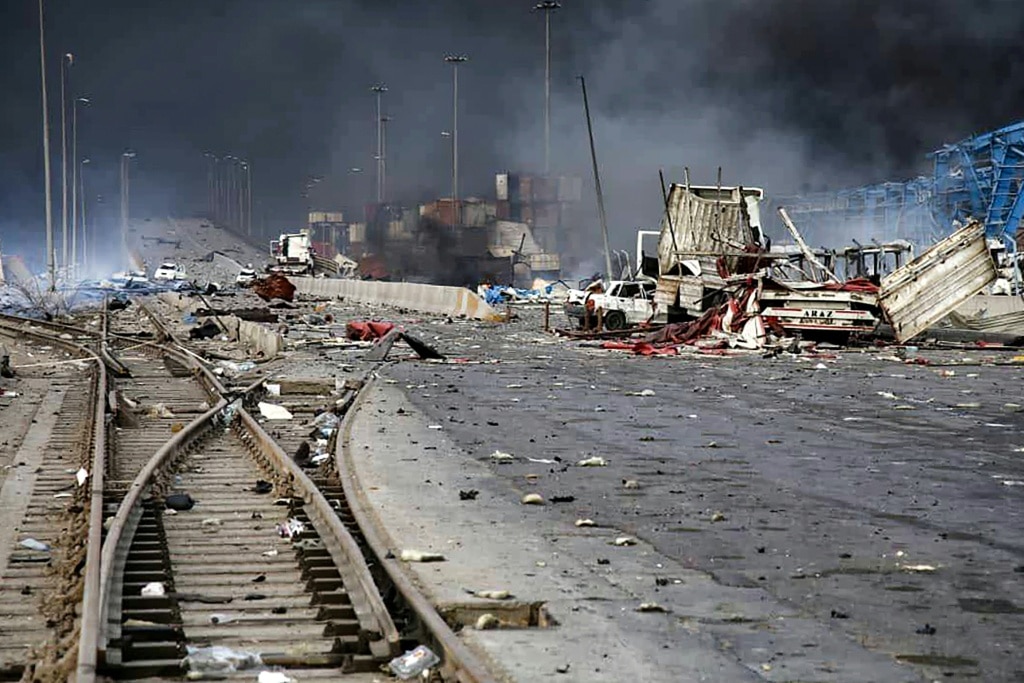Scarred for life: Canada's uprooted Indigenous children
Alice Mowatt shows the notebooks she used to record her memories of her time in a residential school

Jimmy Papatie, just five years old, clutched at his grandmother's skirt, his face bathed in tears. He did not want to get on the bus. He did not want to be sent away from his family, and the Canadian forest where his Algonquin tribe lived.
But a police officer shoved his grandmother and grabbed the child. A few minutes later, he was herded onto the bus with other Indigenous children, and the vehicle pulled out, their screams and sobs still resonating.
He was taken to a boarding school for Indigenous children at Saint-Marc-de-Figuery, not far from his family home, in an area 600 kilometers (370 miles) north of Montreal. Papatie would stay there until the school shut down four years later.
He is just one of about 150,000 Indigenous children who were ripped from their families and placed in 139 schools meant to forcibly assimilate them into Canadian "culture" -- in other words, strip them of their native traditions.
On the heels of the discovery of more than 1,200 unmarked graves at these schools, Canada is finally starting to come to terms with the nationwide trauma -- and for thousands of people like Papatie, the reckoning is reopening old, deep wounds.
- 'Dirty Indians' -
The children's hair, traditionally worn long, was cut short. They were told they were "dirty Indians" and scrubbed with a hard brush. Their beaded moccasins and moose hide jackets -- usual clothing for the Algonquin -- were replaced with uniforms.
And then, the ultimate indignity came at day's end: their names were taken away. From that point on, they were referred to by number.
He often returns to the site of the Saint-Marc-de-Figuery school, where he lived for a decade. A small memorial is now there, with black and white photos of past students. Dozens of tiny pairs of shoes have been placed there to honor the dead.
Until the 1980s, these schools -- first opened in the mid-19th century -- were one of the cornerstones of the government's policy to assimilate Indigenous peoples, who today represent nearly five percent of Canada's population.
The schools had a mission: educate them, convert them, assimilate them.
- 'Hardest moments of my life' -
"When they saw me in the cafeteria, they cried... that was hard," he recalls.
Years later, she said she recorded her memories of that time in small notebooks, to be sure "not to forget" and also to "free" herself from the years of suffering.
"At that moment, I was six years old, and I didn't know a word of French. Those were the hardest moments of my life," the 73-year-old former librarian with long gray hair recounts.
"This is for my grandchildren, so that they retain a few words of our language," she says.
Speaking anything but French or English meant certain punishment: a few smacks of a ruler or a belt, a mouth washed out with soap or even days locked in a closet.
The retired teacher, with short white hair and rectangular glasses, spent time in a school in Brantford, south of Toronto.
"It was kind of like a dog-eat-dog world. There was always an element of fear in your surroundings. You never felt safe," she told AFP.
- Slow national reckoning -
In the wake of this year's discovery of more than 1,200 unmarked graves, archeologists are working at numerous sites to find the remains of what authorities believe may be 4,000 to 6,000 children who disappeared at the schools.
Mowatt was one of them, testifying about the sexual abuse she suffered -- the first time she had told anyone about it.
"The stories of that experience are sometimes difficult to accept as something that could have happened in a country such as Canada, which has long prided itself on being a bastion of democracy, peace, and kindness throughout the world," it said.
On an official level, Canada has slowly lifted the veil on this historical tragedy.
- 'They stole my youth' -
Next year, for the first time, a delegation of representatives from Indigenous groups will go to the Vatican before an expected visit to Canada by Pope Francis.
Kistabish, who is not related to Fred, describes himself as a "survivor."
For the first months after his arrival at the boarding school, Kistabish says he was often sick because of the change in diet but also from fear. He does note there were fleeting moments of "fun" when he discovered ice hockey with his classmates.
For Marie-Pierre Bosquet, an anthropologist at the University of Montreal, the entire Indigenous school system "generated so much trauma in Indigenous communities, passed from generation to generation."
In all, more than 38,000 claims of serious sexual and physical abuse have been registered by the truth and reconciliation committee. On the flip side, Canadian courts have delivered less than 50 guilty verdicts related to those accusations.
"It took me until I was more than 50 years old and two rounds of therapy to be able to sleep with the lights off, to be able to undress myself in front of a woman, to have a successful intimate moment with someone," he says.
Many "haven't recovered and haven't moved on and haven't dealt with it," says Hill, who is still angry that those responsible for her pain were never prosecuted.
- 'What is our national history?' -
The country is not alone: similar efforts to make amends for wrongs committed against minorities are taking place in other parts of the world.
Elsewhere, young people are primarily the driving force behind initiatives undertaken to sensitize people to the crimes of the past, as a way to better understand diversity in today's society.
"Until now, they saw themselves as a big multicultural democracy, with a glorious past, and vast open spaces -- not as a country built on a genocide."
"It's as if with this evidence, it suddenly became concrete, real," added Bousquet, who is the director of the Indigenous studies program at the University of Montreal.
In late September, on the first-ever National Day of Truth and Reconciliation, Trudeau said: "Until we understand as a country that each one of our stories is all of our story, there cannot be truth, there cannot be reconciliation."
First Nations peoples did not win the right to vote in Canada until 1960, and in some provinces like Quebec, that right did not come until 1969.
"The government and the Church think that saying sorry will be enough," says Papatie.
tib/sst/ec/qan
...


